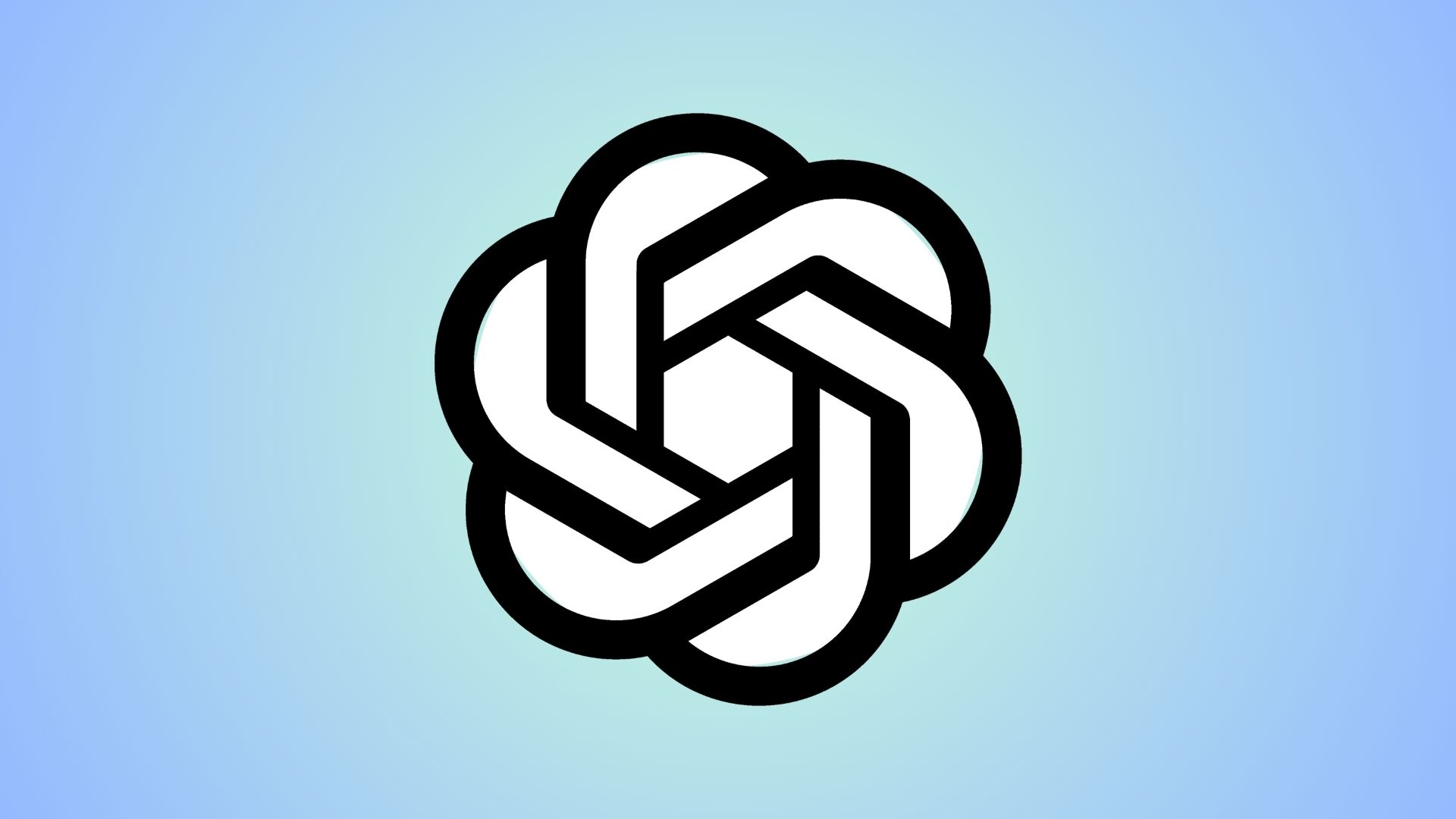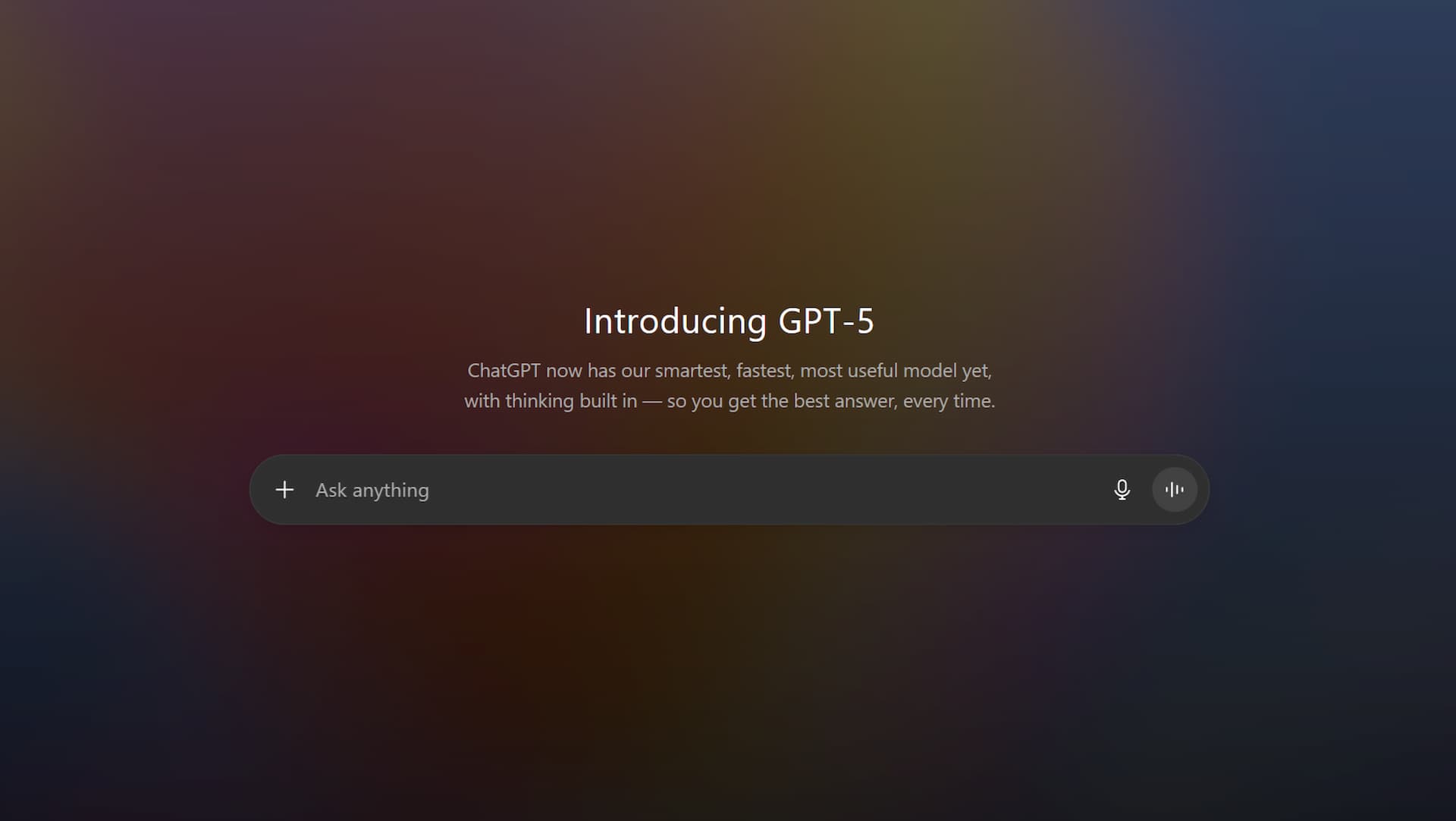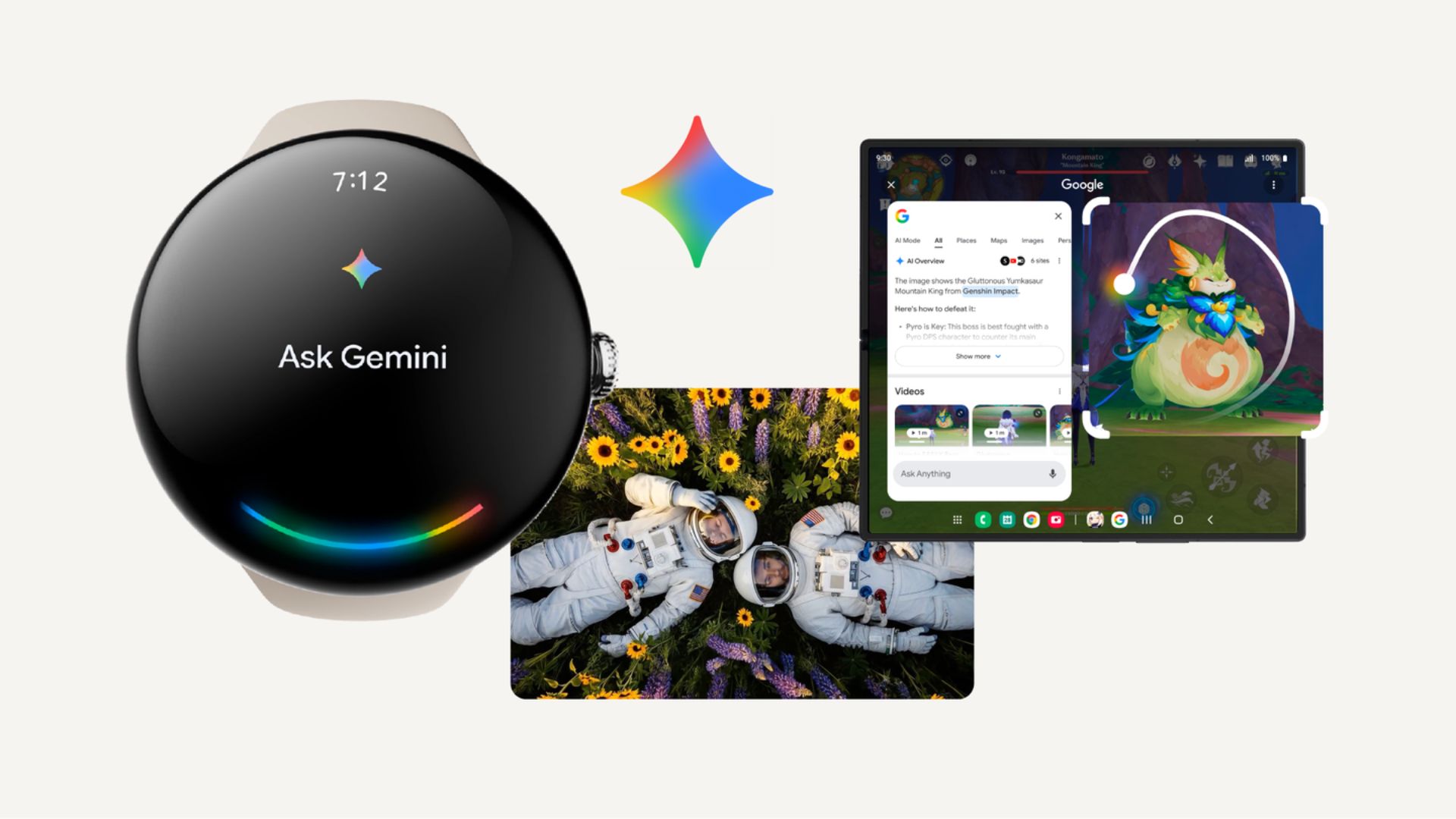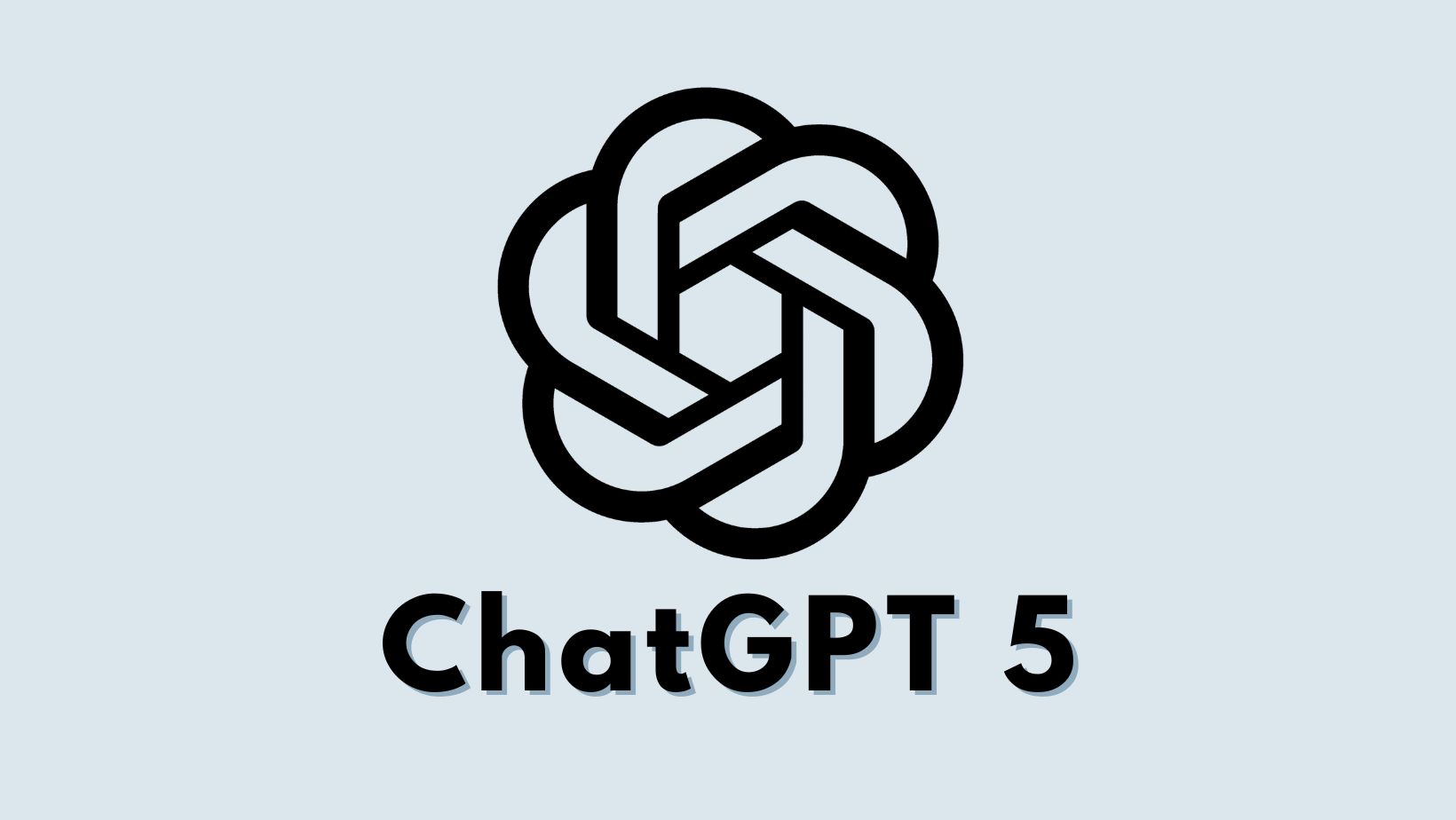Download Android 16 QPR1 Beta 3.1 Update
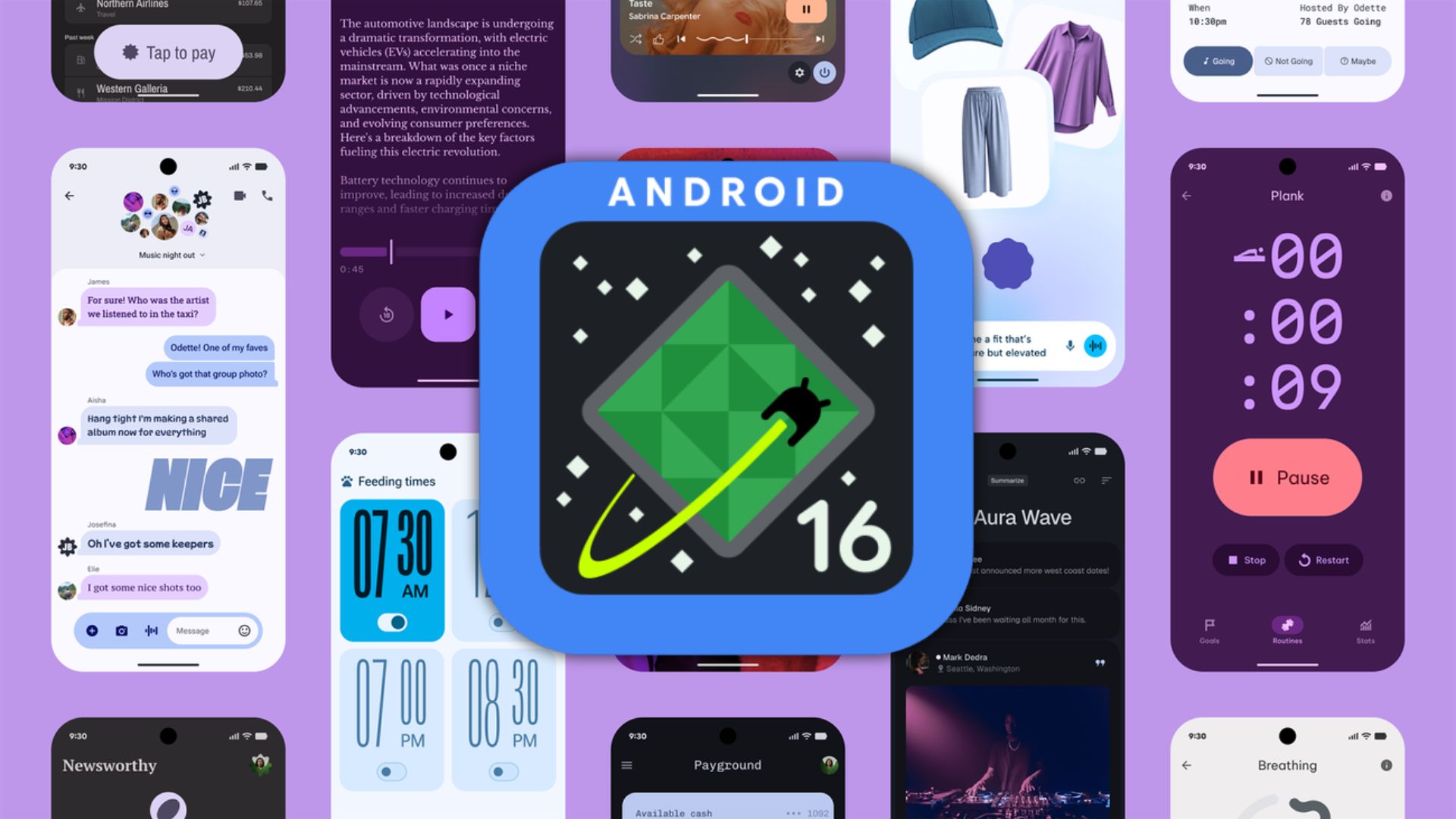
Google has just released Android 16 QPR1 Beta 3.1 (build BP31.250610.009), and this update is nothing short of impressive when it comes to addressing the numerous issues that have been plaguing beta testers. With an extensive list of fixes targeting everything from device stability to user interface inconsistencies, this release has it all to deliver a polished experience before the stable QPR1 rollout expected in early September.
Google released Android 16 QPR1 Beta 3.1 a minor update but addresses several critical issues found in the previous Beta releases. The last betas resolved various issues related to the system including — Auto dark theme now working, now playing is crashing, camera frequently fails to launch, and many more. But there’s a new Hotfix rolling out today for those running the QPR (Quarterly Platform Release) program on their Google Pixel devices.
While stable Android 16 has already released with August 2025 Pixel Security Update, the third Android 16 QPR1 firmware upgrade continues with Google’s Material 3 Expressive design language and more experimental features; which will eventually make it to stable. The stable update does not get Material 3 Expressive just yet. Once the QPR1 Beta concludes next month, the features will be migrated to stable Android 16 reportedly in September 2025.
Eligible devices include Pixel 6, 6 Pro, 6a, 7, 7 Pro, 7a, Fold, 8, 8 Pro, 8a, 9, 9 Pro, 9 Pro XL, 9 Pro Fold, 9a, Pixel Tablet series devices*.
Android 16 QPR1 Beta 3.1 with 23 Bug Fixes
Android 16 QPR1 Beta 3.1 (August 2025)
- Device instability or reboots related to Wi-Fi by improving how the system processes network statistics. (Issue #433037402, Issue #432867183, Issue #433418936, Issue #432795362, Issue #432770117, Issue #432699126, Issue #435489862, Issue #435011484)
- The Context Hub, a low-power sensor component, would crash due to excessive use of main memory, causing device instability; resolved by optimizing memory allocation and preventing memory leaks. (Issue #420999948, Issue #426316038)
- The home screen sometimes lost its bottom row of pinned apps and the search bar, making them inaccessible; this was fixed by adjusting how these elements reappear after screen transitions. (Issue #428088033, Issue #428405658, Issue #429817851)
- Notifications would overlap in the shade, hindering readability, by refining the notification display and dismissal animation logic. (Issue #421792538, Issue #422749237, Issue #420418750, Issue #428896474)
- An issue that caused unexpected device restarts. (Issue #427676713)
- The Quick Settings UI on unfolded foldable devices appeared clipped or misaligned due to incorrect padding caused by double-counting the camera cutout. (Issue #419184923, Issue #421879049, Issue #421810067, Issue #423172198, Issue #422560004, Issue #424116279)
- An issue that caused devices to unexpectedly reboot. (Issue #408888279, Issue #409949346, Issue #409960197, Issue #410624610, Issue #407373090, Issue #430095518)
- The status bar appearing in the Quick Settings shade was sometimes misaligned with the standard status bar, causing a visual inconsistency. (Issue #419573315, Issue #419134909, Issue #432794874)
- Addressed a system hang or crash, particularly during unlock, caused by the camera’s Ambient Light Sensor (ALS) read getting stuck, by implementing a non-blocking method for sensor data retrieval. (Issue #421870862, Issue #420725698)
- The media player on the lock screen would sometimes disappear or become unresponsive. (Issue #420517884)
- An issue where the notification shade displayed a large, growing gap, obscuring notifications, by correcting how notification animations were clipped. (Issue #421366916)
- An issue where the media player notification could appear clipped or disappear during device rotation, by improving how its display area is sized and updated in UI transitions. (Issue #433040374)
- Video calls initiated from voice calls no longer experience muted audio; a system audio fix now correctly manages sound output during call type transitions. (Issue #434139133, Issue #427060263, Issue #438414975)
- An issue where black translucent bars appeared at the top and bottom of the home screen after exiting full-screen apps by correcting how transient system bar states were cleared. (Issue #425407737, Issue #433929827)
- An issue that caused the device to unexpectedly crash and restart during an OTA update.
- An issue causing occasional device restarts after system updates.
- Widgets on the home screen sometimes failed to load due to looking for outdated app files.
- Typing occasionally stopped working in apps because internal input system processes could race.
- Device crashes caused by the Context Hub running out of memory.
- Bluetooth crashes and instability caused by an “Unimplemented Packet Type” error have been resolved.
- An issue that could cause phone disconnections or system crashes during calls by resolving a memory corruption bug in audio data buffer handling related to audio playback speed changes.
- A brief screen flicker happened when launching apps from the notification shade.
- A system crash that could occur when using your device’s media features, especially when connected to a computer for media transfer, by improving the internal handling of media connection resources.
Android 16 QPR1 Beta 3.1: A Massive Bug-Fixing Update
The Android 16 QPR1 Beta 3.1 stands out as one of the most comprehensive bug-fixing releases we’ve seen in recent memory. Unlike typical incremental updates that might address a handful of issues, this release tackles dozens of problems that have been affecting the core Android experience across Pixel devices.
Critical Stability Improvements
Wi-Fi Related Crashes Fixed
One of the most significant improvements in this release addresses device instability and random reboots related to Wi-Fi connectivity. Google has enhanced how the system processes network statistics, resolving multiple issues that were causing devices to crash unexpectedly. This fix alone addresses eight separate tracked issues, indicating just how widespread this problem had become among beta users.
Context Hub Memory Management
The Context Hub, Android’s low-power sensor component, was experiencing severe memory management issues that led to device crashes. Google has optimized memory allocation and prevented memory leaks in this critical system component, which should result in significantly more stable device operation, especially for users who rely heavily on sensor-based features.
User Interface and Experience Enhancements
Home Screen Reliability
Beta testers have been frustrated with disappearing home screen elements, particularly the bottom row of pinned apps and the search bar. This update addresses these issues by improving how these essential UI elements reappear after screen transitions, ensuring users won’t lose access to their most-used applications.
Notification System Overhaul
The notification shade has received considerable attention in this update. Google has fixed issues where notifications would overlap, making them difficult to read, and addressed problems where notifications would display with large, growing gaps that obscured content. The improvements to notification display and dismissal animation logic should create a much smoother user experience.
Foldable Device Support
Users of foldable Pixel devices will particularly appreciate the fixes to Quick Settings UI alignment. Previously, the interface would appear clipped or misaligned on unfolded devices due to incorrect padding calculations around camera cutouts. This has been resolved, ensuring the Quick Settings panel displays properly across all screen configurations.
Media and Communication Fixes
Audio System Improvements
Several critical audio-related issues have been addressed, including a fix for video calls that would lose audio when transitioning from voice calls. Google has also resolved memory corruption bugs in audio data buffer handling that could cause phone disconnections or system crashes during calls.
The media player functionality has received significant improvements as well. Issues where the lock screen media player would disappear or become unresponsive have been fixed, along with problems where the media player notification could become clipped or disappear during device rotation.
System-Level Stability
Update Process Reliability
Google has addressed issues that could cause devices to crash and restart during OTA updates, as well as problems with system restarts after updates. These improvements should make the update process much smoother for users going forward.
Input System Fixes
Typing issues caused by race conditions in internal input system processes have been resolved, ensuring that keyboard input remains reliable across all applications.
Device Compatibility and Availability
Android 16 QPR1 Beta 3.1 is available for a wide range of Pixel devices, including:
- Pixel 6 series (6, 6 Pro, 6a)
- Pixel 7 series (7, 7 Pro, 7a, Fold)
- Pixel 8 series (8, 8 Pro, 8a)
- Pixel 9 series (9, 9 Pro, 9 Pro XL, 9 Pro Fold, 9a)
- Pixel Tablet series devices
How to download Android 16 QPR1 Beta 3.1?
Users can join the Android 16 QPR1 Beta program by enrolling their eligible Pixel device through Google’s official beta website. Once enrolled, devices automatically receive beta updates, including this latest release.
For users experiencing the update, installation times vary due to Pixel’s A/B partition system, which installs updates on a separate partition to minimize downtime and reduce the risk of device failure during updates.
Users can access Android 16 QPR1 Beta 3.1 through Google’s Android Beta for Pixel program. The update is delivered over-the-air (OTA) to enrolled devices, making the installation process seamless for beta participants.
- New beta testers: Visit Google’s Android Beta Program website to enroll your eligible Pixel device
- Current Android 16 Beta users: You’ll automatically receive QPR1 Beta 3 and future updates as they become available. Vsisit Settings > System Updates.
OTA Download Links
- Apply OTA images — can be installed without data reset and bootloader unlocking
- Factory Image Files (Downloads)
- Android Flash Tool Files (Install)
- Installation Instructions (Install)
- Download Android 16 GSI (Generic System Image)
Important Considerations for Beta Users
For those currently enrolled in the Android 16 Beta program, Google has provided some critical information:
- If you prefer to receive the public stable release of Android 16 instead of continuing with beta updates, you can opt out without wiping your device data—but you must do so before installing QPR1 Beta 1
- If you opt out after installing Beta 1 or future updates, your device data will be wiped according to standard program guidelines
- Opting out will trigger a “Downgrade” OTA update—if you want to wait for the stable release, simply ignore this update
Should You Install the Beta?
While beta releases are exciting for tech enthusiasts and developers, they come with inherent risks. Before installing Android 16 QPR1 Beta 1, consider:
- Beta software may have unexpected bugs affecting daily use
- Some apps might not function properly
- Battery life could be impacted
- Data loss is always a possibility
For developers and those who enjoy testing new features early, the beta provides valuable insights into upcoming Android capabilities. However, if you rely on your Pixel device for critical daily functions, waiting for the stable release might be the safer choice.

